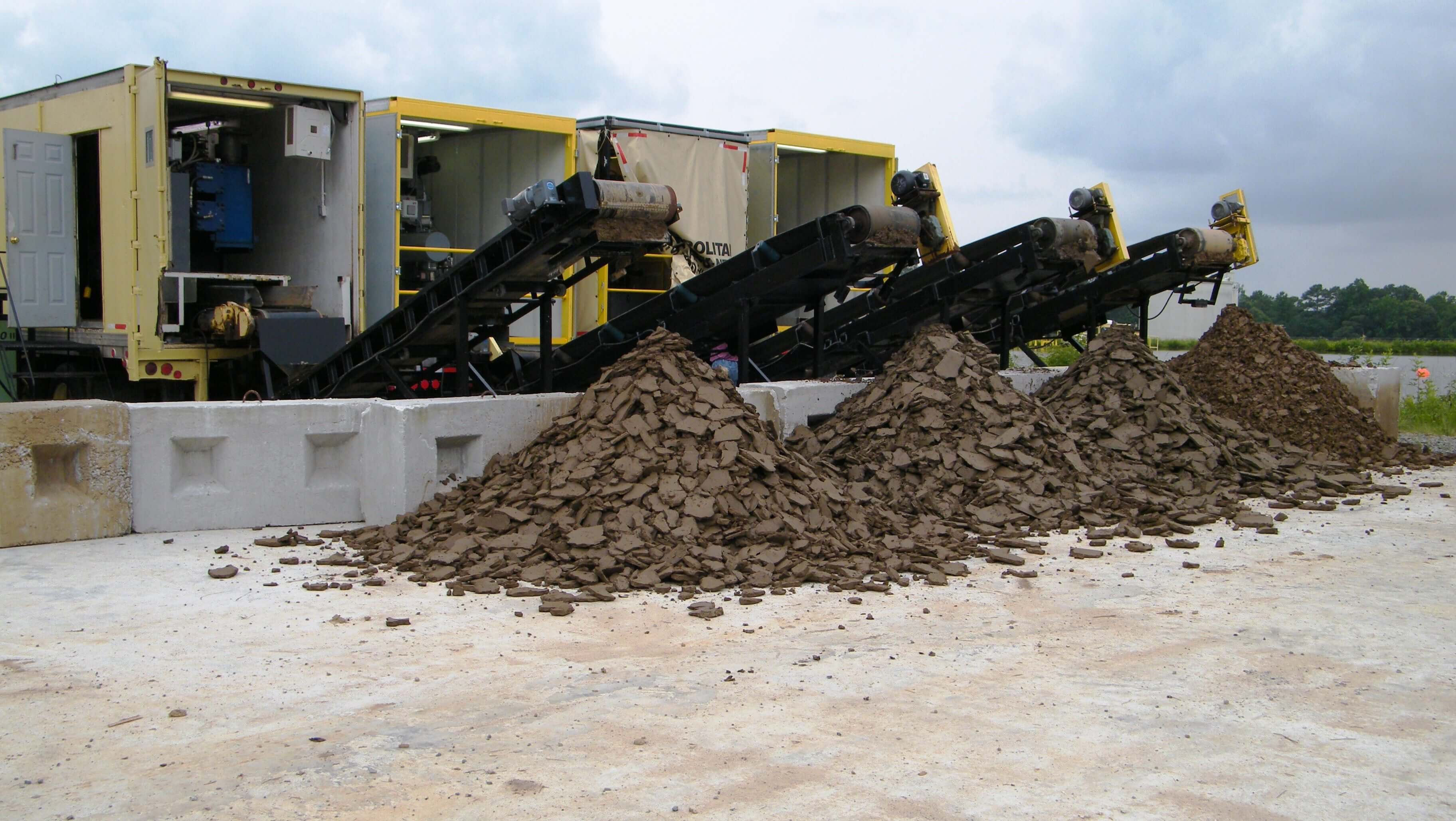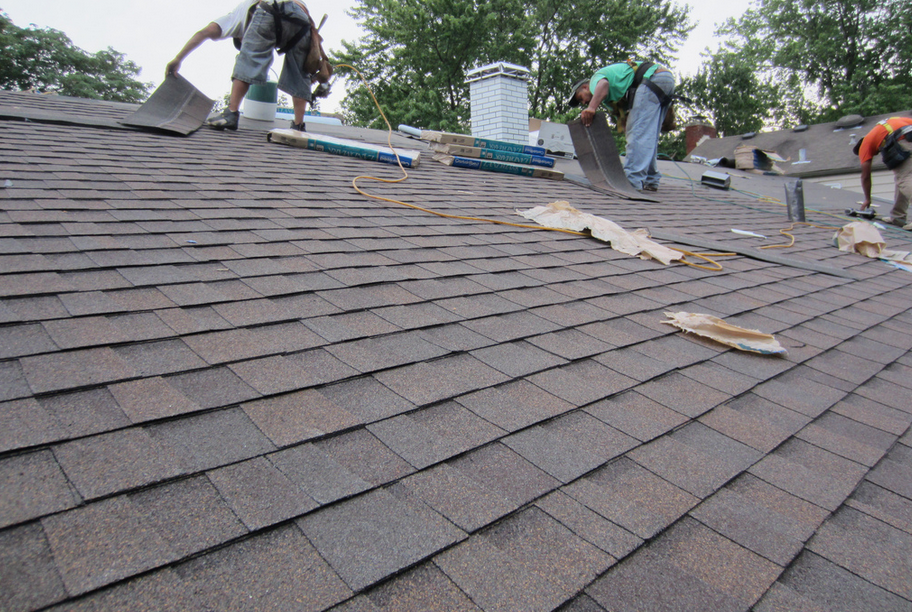Wastewater treatment and sewage processing can both be fairly complicated and include a number of important steps. One step that’s vital to municipal sewage processing is sludge dewatering. Indeed, there are a number of dewatering companies out there that provide their technical expertise through the various steps in this process and extend a number of adjunct sludge dewatering services.
For those who are unfamiliar with sludge dewatering, it’s worth taking just a moment to get a basic overview.
Understanding the Sludge Dewatering Process
When we discuss sludge dewatering, we’re talking about a technical process wherein solid and liquid substances are fully separated from one another. The goal is for the solid sludge to have as little moisture in it as possible; and for the extracted liquid to have a few solid particles in it as possible.
This is an important concept within municipal wastewater treatment. For one thing, residual solid sludge that’s left in the liquid determines the pollution level within the water. And, the residual moisture within the solid sludge determines how expensive it is to dispose of it.
By minimizing both of these quantities, it makes it less expensive to dispose of them, and it also means less total energy is expended.
How Sludge Dewatering Services Work
There are different ways to handle the sludge thickening and sludge dewatering process, but most of the time it’s done through the use of a centrifuge. This is a piece of technology that’s designed to separate insoluble suspended solids from a liquid.
The end result of the centrifuge process is a solid cake, completely separated from any moisture. Good, experienced sludge dewatering companies will have sophisticated centrifuges that can handle a wide range of feed materials, always achieving excellent dewatering.
Steps in the Dewatering Process
Usually, the process of sludge dewatering falls along these lines:
- Sludge is fed into multiple centrifuges, which spin at incredibly high speeds.
- The velocity of the centrifuge results in a separation of dry, cake-like solid waste, and moisture.
- The moisture is fed back into the wastewater treatment center where all additional contaminants can be removed before it is discharged back into the environment.
- The sludge is immediately deposited into storage areas, where they are ultimately sent to the landfill for proper disposal.
All of this plays an important role in the treatment of wastewater.
Learn More About Sludge Dewatering from P&H Senesac
P&H Senesac is proud to provide excellent centrifuge equipment to sludge dewatering companies across the country. Contact us directly with any questions about sludge lagoon dewatering, lagoon wastewater treatment, and wastewater disposal services. Also, don’t hesitate to view a sludge dewatering demonstration to better understand this process.





